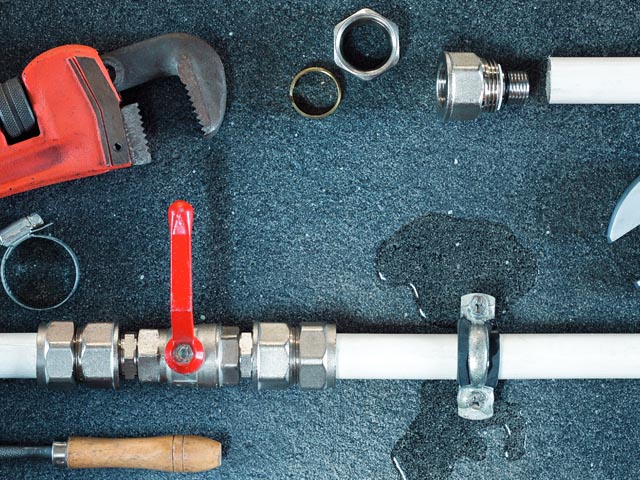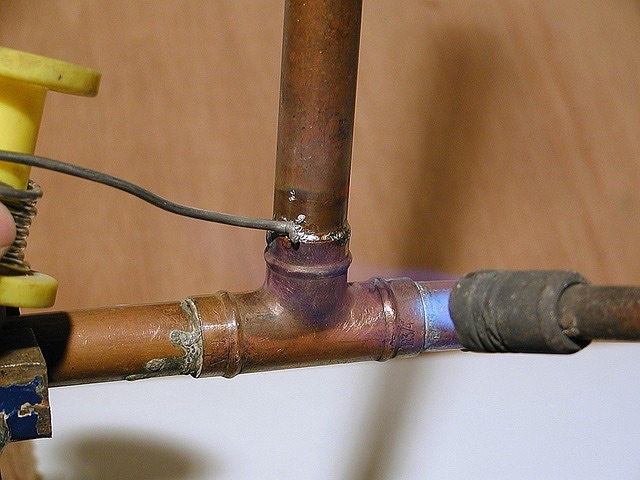The Basics of Pipe Repair

When it comes to maintaining a functional and efficient plumbing system, understanding the basics of pipe repair is crucial. Pipes can deteriorate over time due to various factors such as corrosion, leaks, or general wear and tear. In this comprehensive guide, we will delve into the materials and techniques involved in pipe repair to help you make informed decisions and ensure the longevity of your plumbing infrastructure.
Importance of Timely Pipe Repair
Timely pipe repair is essential for preventing extensive damage to your property. Ignoring minor leaks or issues can lead to water damage, mold growth, and increased utility bills. By addressing pipe problems promptly, you not only save money in the long run but also contribute to the overall sustainability of your home or business.
Common Pipe Materials
Understanding the materials used in pipes is the first step in effective repair. Different types of pipes require specific repair approaches. Here are some common pipe materials and their characteristics:
1. PVC Pipes:
- Characteristics: Lightweight, durable, and resistant to corrosion.
- Repair Technique: PVC pipes are often repaired using adhesive solutions or by replacing the damaged section with a new one.
2. Copper Pipes:
- Characteristics: Excellent heat conduction, corrosion-resistant.
- Repair Technique: Soldering or using compression fittings is common for fixing copper pipes.
3. Galvanized Steel Pipes:
- Characteristics: Strong, but prone to rust and corrosion over time.
- Repair Technique: Replacement of damaged sections is standard, and applying a protective coating can help prevent future issues.
4. PEX Pipes:
- Characteristics: Flexible, resistant to freezing, and less prone to leaks.
- Repair Technique: Crimping or using push-fit connectors is typical for PEX pipe repairs.

Techniques for Pipe Repair
The choice of repair technique depends on the type of pipe and the nature of the damage. Here are some widely used techniques:
1. Epoxy Pipe Lining:
- Application: Suitable for small leaks or pinhole-sized gaps.
- Process: A coating of epoxy is applied to the interior of the pipe, creating a protective barrier against leaks.
2. Pipe Bursting:
- Application: Ideal for replacing damaged sections of pipes.
- Process: A new pipe is pulled through the old one, breaking it apart while simultaneously laying the new pipe in its place.
3. Clamp or Wrap Repair:
- Application: Temporary fix for minor leaks.
- Process: A clamp or wrap is applied around the damaged area, providing a quick and effective solution until a permanent repair can be performed.
4. Joint Repair:
- Application: Addresses issues around pipe joints.
- Process: Repairs involve re-soldering, re-welding, or using joint compounds to seal and strengthen connections.
The Future of Pipe Repair
As technology advances, innovations in pipe repair continue to emerge. From advanced epoxy formulations to robotic pipe repair systems, the future promises more efficient and sustainable solutions for maintaining plumbing infrastructure.
In conclusion, understanding the basics of pipe repair is fundamental for homeowners, property managers, and anyone responsible for maintaining a building. By being aware of the materials used in pipes and the various repair techniques available, you can make informed decisions to ensure the longevity and functionality of your plumbing system. Looking for a reliable 24/7 plumbing service? Check out their page for further info.

